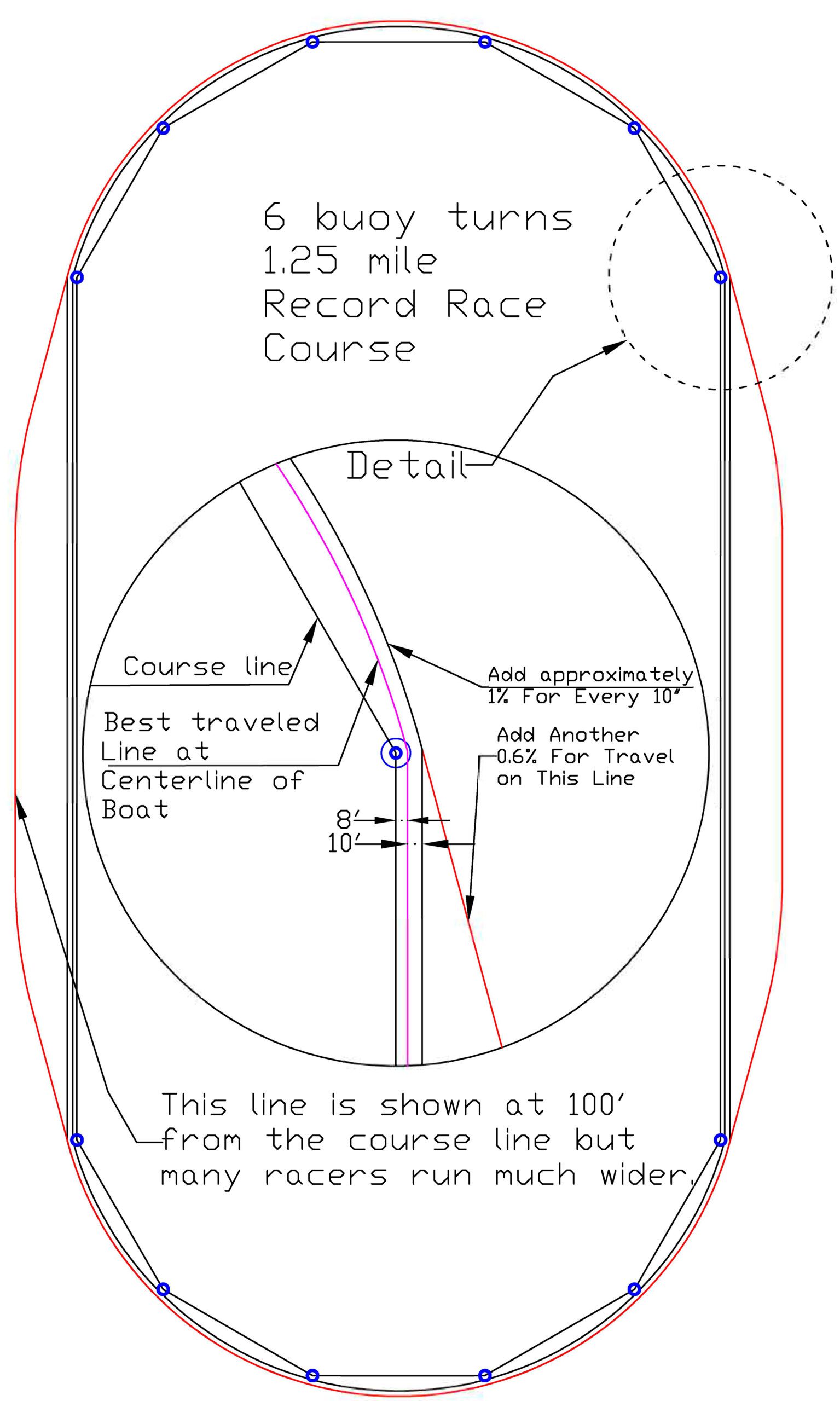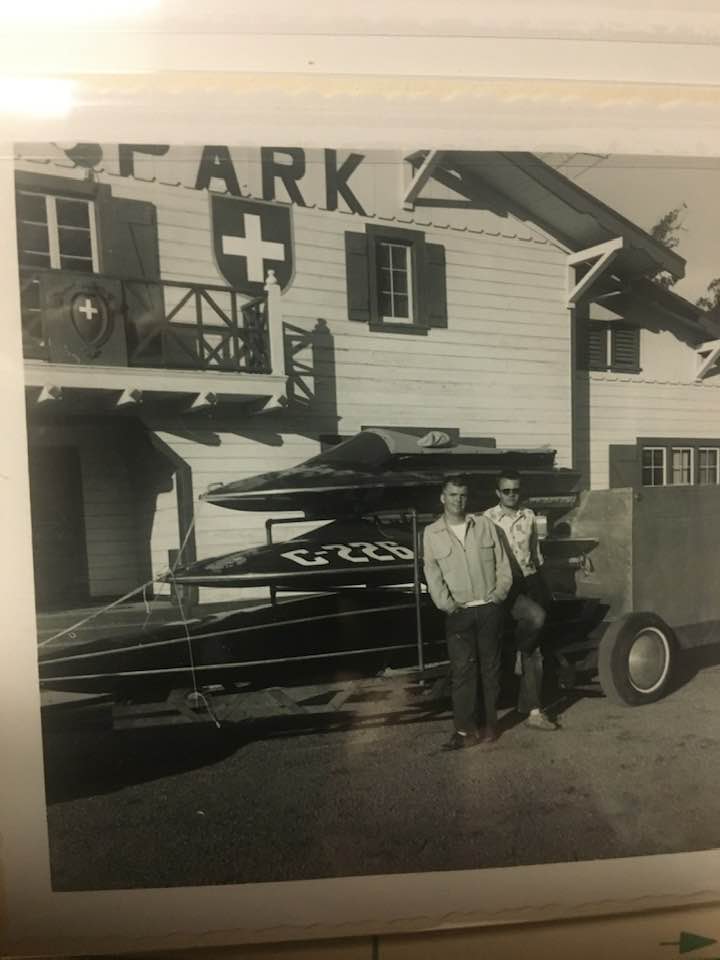American Power Boat Association has the unique position in the boat racing world to be affiliated with the Union Internationale Motonautique (UIM). The UIM is recognized as the sole competent authority in power boating. Assuming that you are in America and you want a “world record”, you must first set a record with APBA and then apply to the UIM. Some racers do not want to go to the extra cost and process to get a “world record” and only stay with the APBA record. But all of this has to do with following the rules set by APBA and UIM. These are about Timing, Scoring, Officiating, Inspection, and the surveyed course.
So, I will speak to the running on the course. Now I was told many years ago that setting a record requires two things: Preparation and Opportunity. Without both things coming together, we all will fail. Preparation is a multifaceted list of things that need to be done to a boat, motor, and prop to make it go fast. Opportunity may be long in coming as it has to do with having a surveyed course on which to run, and the right conditions, which usually means good air density, calm waters, and a clear path in lane one. Oh, certainly we can list more things. If the two requirements are present, I believe it is now all dependant on a third requirement, the driver. Driving is more than pushing the “pedal to the metal.” Much of what I know about setting a racecourse comes from previous surveyors and designing them. It also comes from racing for 32 years in several classes of boats. Now the records that I set are long surpassed, but it was a thrill to set them at the time. I followed some simple rules which I hope to pass on to some of you.
The distance around the course is measured by the straight line between the buoys. All boats travel a greater distance than the measured course. All boats travel in an arc in the turns because of the centrifugal forces on the boat. The faster and heavier the boat is, the greater the forces are to push the boat away from the buoys in the turn. Now let’s take a typical racecourse, such as a 1.25 mile course with a 6 buoy turn. I usually have them about 330 feet apart. There is a total 1650’ in the turn, buoy to buoy. If you could hold a perfect arc at 8’ from the buoys to the center of the boat, you would add 88’ or 1.3% to the course distance. This also supposes that you maintain that distance on the straight-of-ways. Now for every 10’ you add to the distance away from the buoys, you will add nearly 1% to the distance. That means that you will have to go that much faster to make up the difference in the distance. A mile course is worse in the percentage difference to the total distance. The shortest way around the course is the fastest.
The next argument comes from racers that will say that they keep the RPM up by staying out further in the turns and by making a big arc out of the straights. Remember that for every foot you go out on the straights, you have to come back to the turns. This can easily add another 0.5 to 2% to the course distance. So, do you make up for the increase in the distance with RPM? But some will tell me that they set the record anyway. My answer to that is that the record was soft and their boat was very fast. They could have set the record higher. The real proof comes when you run true data collection. There are some good ones on the market that are well worth the money. They help a lot with tuning the motor, too. I have watched thousands of boats run around the courses and seen many that ran fast but could not set a record because of the position they ran on the course. Records are not easy to set, and many racers do not care to go to that effort. If you do care, pay attention to the way others set them and how they run the course. When your boat and all the running parts are prepared, the opportunity has come. Make it to the start line on time, then be a good driver and take the short way around the course.
Graphic caption: In the graphic, the course length is 6,600 feet. Every 66 feet added to length adds 1% to the total. At 100 mph, you add nearly two seconds to your total time. This is big when you only need to break an existing record by 0.3%.
















